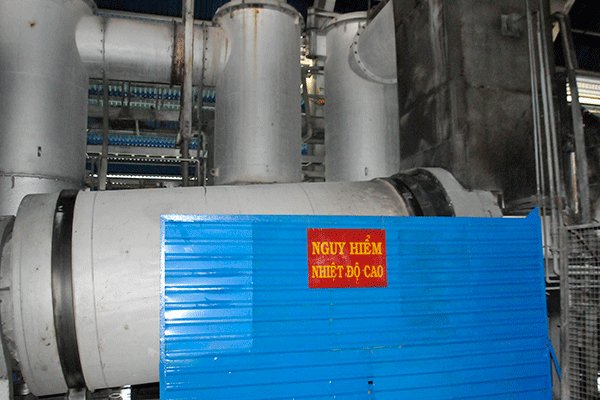[ad_1]

HCMC is calling for investments in projects on burning waste to generate electricity
City authorities plan to have 10 such plants in the next five to 10 years.
According to director of the city’s Department of Natural Resources and the Environment Nguyen Toan Thang, about 8,700 tons of domestic solid waste is produced every day in the city, 60-80 percent of which is waste food.
At present, solid waste is collected and carried to two waste treatment complexes – Da Phuoc – Binh Chanh which treats 5,500 tons per day, and Tay Bac Cu Chi Complex which treats 3,100 tons.
Thang estimated that the amount of domestic solid waste would increase by 5 percent per annum to 13,000 tons per day by 2025. The city needs 2-3 more plants that burn waste to generate electricity, one more plant to treat hazardous waste, and one plant to treat medical waste.
|
The city authorities decided to encourage investment in waste-to-electricity technology. If the projects are implemented as planned, the city would have 200 MW of electricity by 2025. |
The city authorities decided to encourage investment in waste-to-electricity technology. If the projects are implemented as planned, the city would have 200 MW of electricity by 2025.
Deputy Minister of Planning and Investment Dang Huy Dong said HCMC needs to set up criteria on waste treatment performance and electricity production before inviting bids.
He said it is difficult to treat coal dust generated by coal-fired power plants and is even more difficult to treat smoke and dust from incinerators.
About 40 investors attended a recent conference on waste-to-electricity technology and expressed their willingness to invest in the projects.
Dong asked city environment management agencies to thoroughly consider the technologies suggested by investors before accepting their projects.
“Some scientists said dioxin and furan can be fully treated at the temperature of 600 – 850oC. I think this needs reconsideration,” Dong said.
He said that under Vietnamese and international standards, the exhaust at the top of the chimney at the height of 18 meters must be below 80oC for no longer than 5 seconds.
If not, the dioxin and furan remains in the smoke. These are non-decomposing substances which are harmful to human health.
According to Phan Tri Dung, chair of Petech, in order to reduce toxic exhaust from incineration, the temperature must be higher than 1,200oC.
If using Plasma technology, the temperature needs to be 2,000-4,000oC to exterminate hazardous emissions.
Dung said that if HCMC doesn’t choose advanced technology, the danger from hazardous emissions from incinerators will be too high.
RELATED NEWS
Hanoi calls for private investment in solid waste treatment technology
Charcoal incinerators affect people’s health in Dak Lak
Thanh Lich
[ad_2]
Source link
